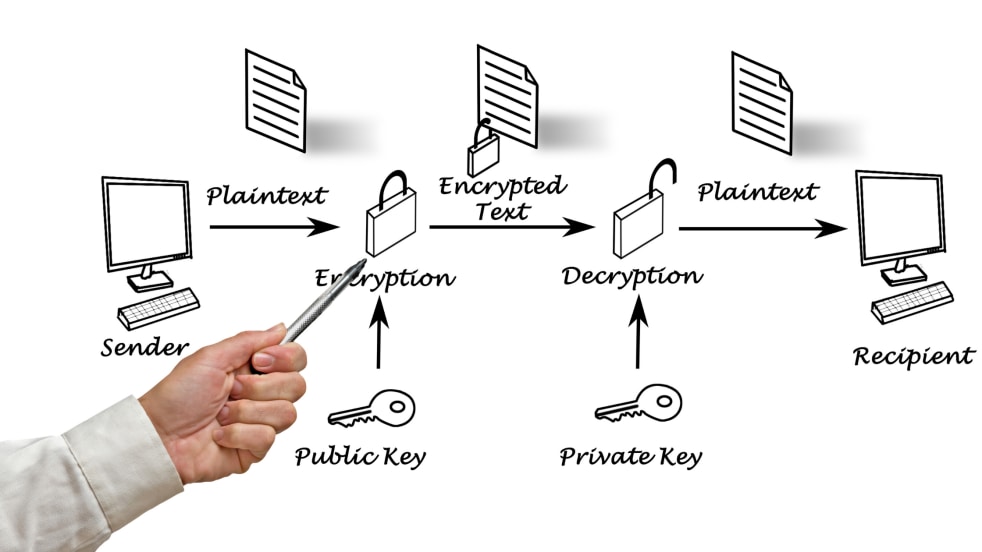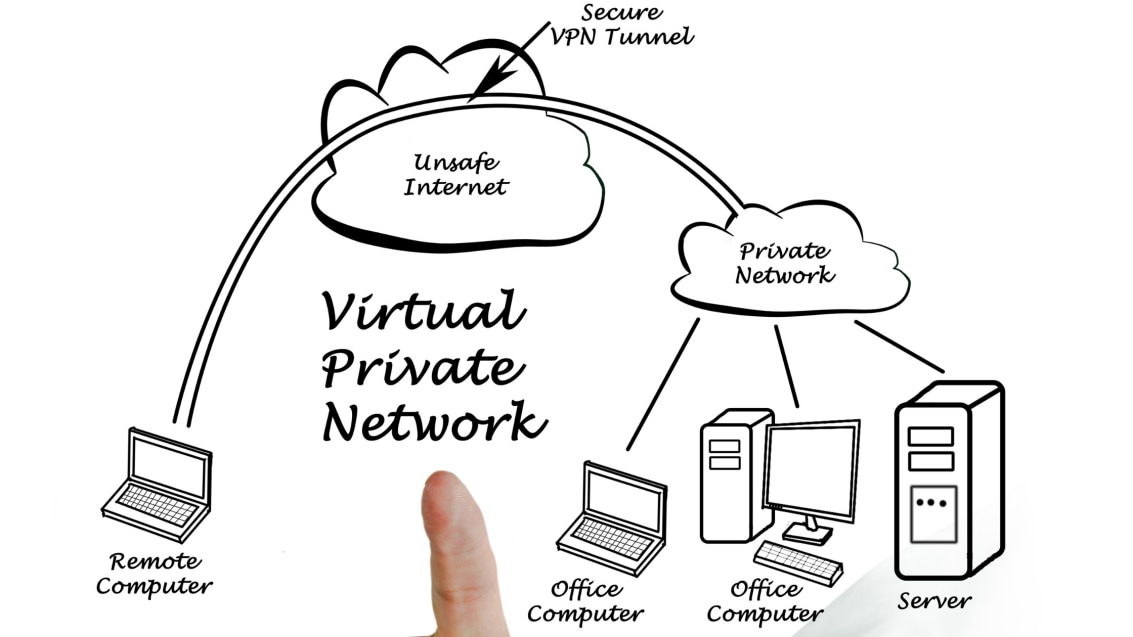What is Packet Sniffing? What are the ways to Protect against Sniffing?

Have you ever felt someone is spying on your browsing patterns?
Did you know – when you surf online or browse your favourite website, you are sending data all across the globe?
From sending emails to accessing a bank account, your information is broken down into piece – which is being sent in packets to data centres located a thousand miles away.
These packets travel across the internet to reach their destination, which could be another computer or server.
Security experts believe that you are not the ONLY person who has access to all the data – but someone else would also be sniffing on the data that travels across the internet.
What is packet sniffing?
Packet sniffing is the act of gathering, collecting, and monitoring the data pieces (packets) that travel through a computer network or the internet.
It means every packet that travels across the internet or a local network is gathered for a wide range of purposes such as – monitoring the traffic & bandwidth, maintain the networks, analyse the data collected by the device, and so on.
Packet Sniffing is used by ethical hackers, network admins, advertisers, ISPs, government institutions, etc for various ethical practices as below -
Network admins - Identify problems within the network and troubleshoot them
System admin - Check employees network usage
ISPs - monitor the customer’s traffic
Advertisers - Show relevant ads to targeted users
From the perspective of cybersecurity, sniffing refers to the process of routing or tapping the traffic to a target location, where it can be captured, analysed, and monitored.
Cybercriminals practice packet sniffing for illegal activities such as –
- Injecting malicious program or virus into a segment
- Spying on businesses to steal confidential data
- Initiate phishing, SQL injection, or other cyberattacks
- Monitoring someone’s online behaviour for unethical purpose
Packet Sniffing is usually performed by Sniffers, an individual or software that closely monitors your network to discover glitches and improve the performance.
Usually, hackers place sniffers at unsecured wi-fi hotspots found at airports, cafes, and hotels. From unencrypted passwords to usernames, a sniffer can monitor everything that passes through them.
Types of Packet Sniffing
The legitimate purpose of packet sniffing is to monitor and analyse the network traffic and gain valuable insights about the network infrastructure and performance.
Depending on the type of network one is trying to sniff, packet sniffing can be categorized into 1) Active Sniffing 2) Passive Sniffing.
Active Sniffing
In Active sniffing, the sniffer directly targets a point-to-point network device that regulates the flow of information between the ports. The active sniffer has to actively inject additional traffic into the LAN to capture the traffic.
Passive Sniffing
In passive sniffing, the sniffer is inserted into the hub that is connected with other devices via LAN. It means, the traffic that passes through the unbridged network is seen by all the machines connected across LAN and the sniffer has to wait for the data to be sent to every machine connected across the LAN.
How to Prevent Packet Sniffing?
Packet sniffing isn’t just used only by the ‘Good Guys’. Unethical hackers and cybercriminals use it to access insider information, login credentials, instant messages, bank account details, and other sensitive data.
Sniffers are dangerous in the wrong hands and one should take necessary measures to prevent packet sniffing. Here are a few ways to protect against sniffing –
Install an antivirus

Antivirus software, also known as malware helps you protect your device and network from worms, viruses, botnets, and other kinds of malware. Their objective is to defence your system against cybersecurity threats.
Not only this, you can install antivirus software to prevent cyberattacks that deliver a sniffer to the target computer. A comprehensive antivirus helps protect your PC and data from a range of online threats.
Norton Antivirus provides 360-degree real-time threat protection against malware, viruses, phishing attempts, zero-day exploits, and more.
Data encryption

To combat packet sniffing, one should consider implementing data protection and encryption solutions. Data encryption is an excellent choice for individuals and professionals against sniffing.
Tunnel your connectivity using Virtual Private Network (VPN) to protect yourself from packet sniffers. When you browse the internet using a VPN, the data passes through a securely encrypted tunnel.
Your information is broken into pieces or ‘bits’ and sent through the tunnelling process. This includes the information that is used by the websites, applications, and other services. A packet sniffer would only see the encrypted data, which is of no use.

Norton VPN helps keep your data safe against hackers and cybercriminals – especially on unsecured wi-fi. Without the right protection, the data could become public and unencrypted.
Avoid unencrypted websites
If you are an active internet user who regularly visits multiple websites, you might be familiar with encrypted and unencrypted websites.
Encrypted websites begin with “HTTPS”, which means your activity on those websites is protected. On the contrary, websites that start with “HTTP” don’t have the same degree of security.
To prevent packet sniffing, it is advised to visit websites that begin with “HTTPS”.
Avoid unsecured network
Well, public wi-fi or hotpots come under an unsecured network that can be connected within a range without any security features. An unsecured network lacks firewall protection or any sort of anti-virus, and hence the information transmitted across the network is unencrypted to grab.
You are at a higher risk of exposing your information to anyone on the network searching for sensitive data. Hackers and cybercriminals can sniff unsecured public networks in hope that some user will search for free wi-fi will connect.
As soon as you log in to the unsecured network, your data is easily transmitted and used for illegitimate activities.
Conclusion
Today, many cyberattacks are carried out through packet sniffing. The Internet can be much less dangerous if you follow the best security practices and practice good cyber hygiene.
Avoid accessing the internet on an unsecured wi-fi, as packet sniffers are usually placed on open wi-fi hotspots. Aside from avoiding public wi-fi; use VPN to protect yourself from packet sniffing and cyber threats. Use a Secure File Transfer Protocol (SFTP) instead of a File Transfer Protocol (FTP).
Avoid clicking on suspicious links, as they often contain malicious code that hackers use for cyberattacks.
Finally, use packet analyser tools that help you detect intrusion attempts. These tools work by analysing and monitoring the traffic.
Install one of the best antivirus software and stay safe from packet sniffers, malware, and cyber threats.
Editorial note: Our articles provide educational information for you. Our offerings may not cover or protect against every type of crime, fraud, or threat we write about. Our goal is to increase awareness about Cyber Safety. Please review complete Terms during enrollment or setup. Remember that no one can prevent all identity theft or cybercrime, and that LifeLock does not monitor all transactions at all businesses. The Norton and LifeLock brands are part of Gen Digital Inc.





Want more?
Follow us for all the latest news, tips and updates.